Key Indicators Of Skin Cancer
Skin cancer, a condition in which skin cells grow abnormally, is one of the most common forms of cancer in the world. The major types of skin cancer are melanoma, squamous cell carcinoma, and basal cell carcinoma. For the most part, skin cancer occurs on the parts of skin typically exposed to the sun, such as on the face or arms, but it can also appear on other areas. Individuals can protect themselves from developing skin cancer by covering up when they are out in the sun, avoiding spending extended periods in the sun, and wearing sunscreen with an SPF of at least thirty when they do spend time in the sun.
Scaly Patches
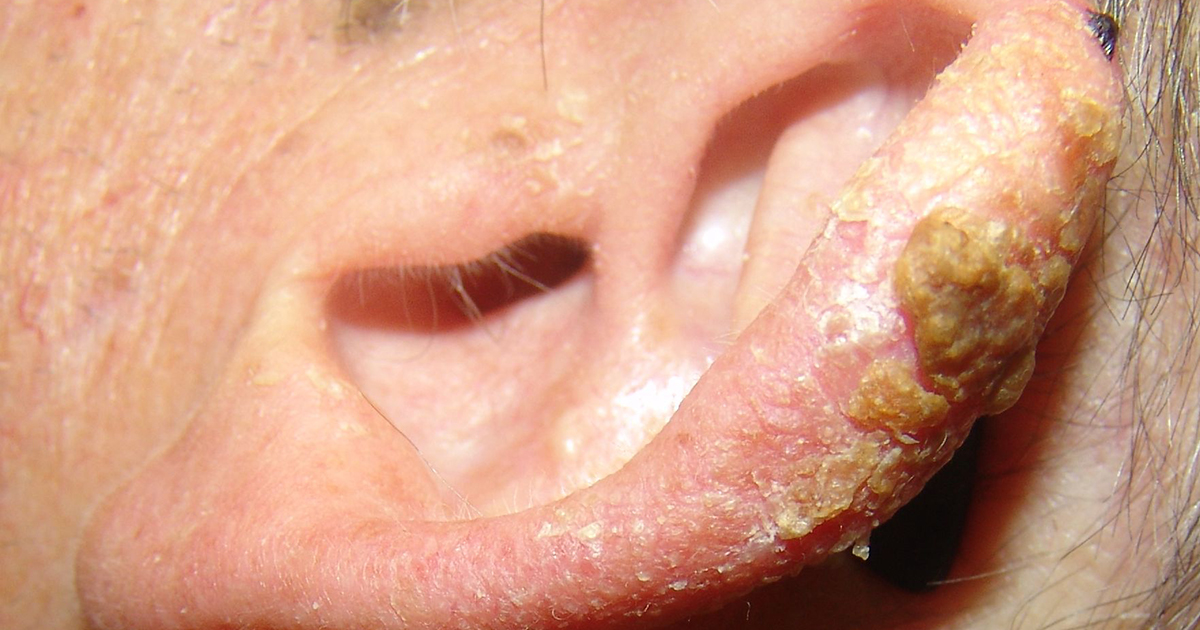
One of the most common and earliest indicators of skin cancer comes in the way of small, scaly patches, which can be caused by taking in too much sun. These rough patches, which are called actinic keratosis or solar keratosis, often tend to be found on the head, neck, and hands. They are also typically more common in older adults, though anyone can get them. Moreover, while the vast majority of these patches do not change or lead to becoming cancerous, many health care physicians still encourage early treatment (by just removing the patch) to prevent the development of squamous cell skin cancer.
Farmer's Lip

The notable cousin of the previous condition, actinic keratosis, is called actinic cheilitis or more commonly 'farmer's lip.' Farmer's lip is a fairly common pre-cancerous ailment, and it tends to appear on the lower lip of an affected individual. Persistent roughness and even scaly patches may be present on the lip as well. Less common indicators of farmer's lip include swelling of the lip(s), dominate lip lines and loss of the sharp border between the lip and skin. If the condition is left untreated, actinic cheilitis may, in turn, develop into invasive squamous cell carcinoma.
Cutaneous Horns
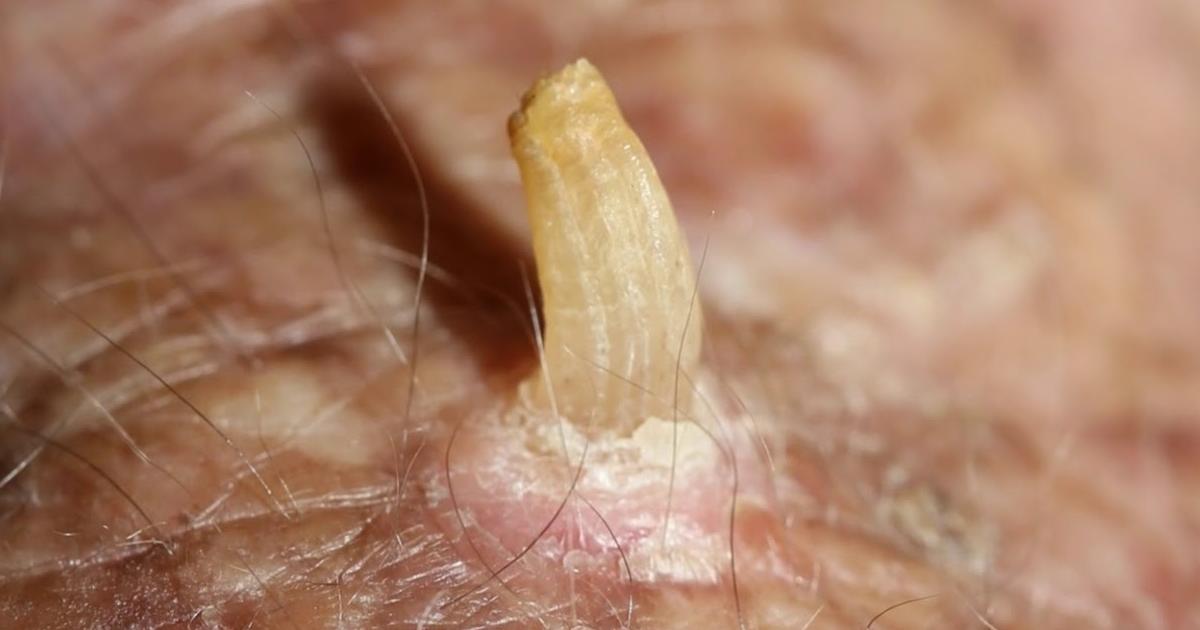
Tending to appear most often in fair-skinned elderly adults with a history of significant sun exposure; cutaneous horns begin to develop as a growth that extends from a red base on the skin in the shape of a funnel. It is made up of compacted keratin, which is the same protein fingernails and toenails are made of. It is a specialized type of actinic keratosis and the size and shape of the growth can vary significantly. However, the vast majority of cutaneous horns are only a few millimeters in length. Squamous cell carcinoma can be found at the base of the horn, which is why they are such a serious sign of skin cancer.
Moles
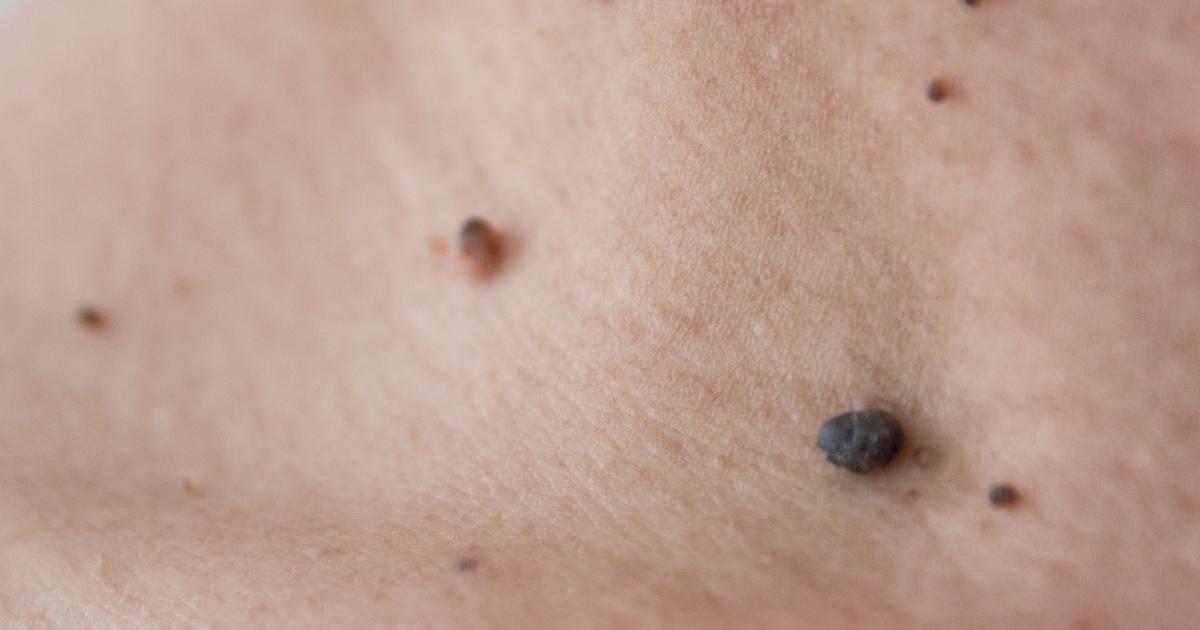
A mole tends to develop more in young adults, and it is unusual to acquire a mole well into adulthood, which is why moles, particularly new ones, are so important for individuals to monitor. For the most part, moles are benign growths of melanocytes, which are cells that give skin its color. It is comforting to know most moles do not become cancerous, though it is crucial to understand abnormal moles can lead to developing into melanoma over the course of time. Normal moles may appear flat, raised, or begin flat and become raised over the years with the surface typically remaining smooth. Moles that have evolved into skin cancer, however, are often irregularly shaped, contain various colors, and are bigger than the size of a pencil eraser.
Sores

If an individual has noted a lesion on their skin that just does not seem to be healing, it may be a red flag of skin cancer. Why? Well, each form of skin cancer has its specific symptoms that are direct indicators a patient's health care physician makes a note of regarding diagnosis and additional treatment. All too often each of these forms of skin cancer shares one common indicator: sores that seemingly do not heal. If an individual has made a note of a sore on their body, particularly one that appears in an area commonly exposed to the sun, that does not heal within approximately four weeks, they should make an appointment to visit their doctor or dermatologist, who can examine the lesion and recommend the appropriate next steps.
Skin Discoloration
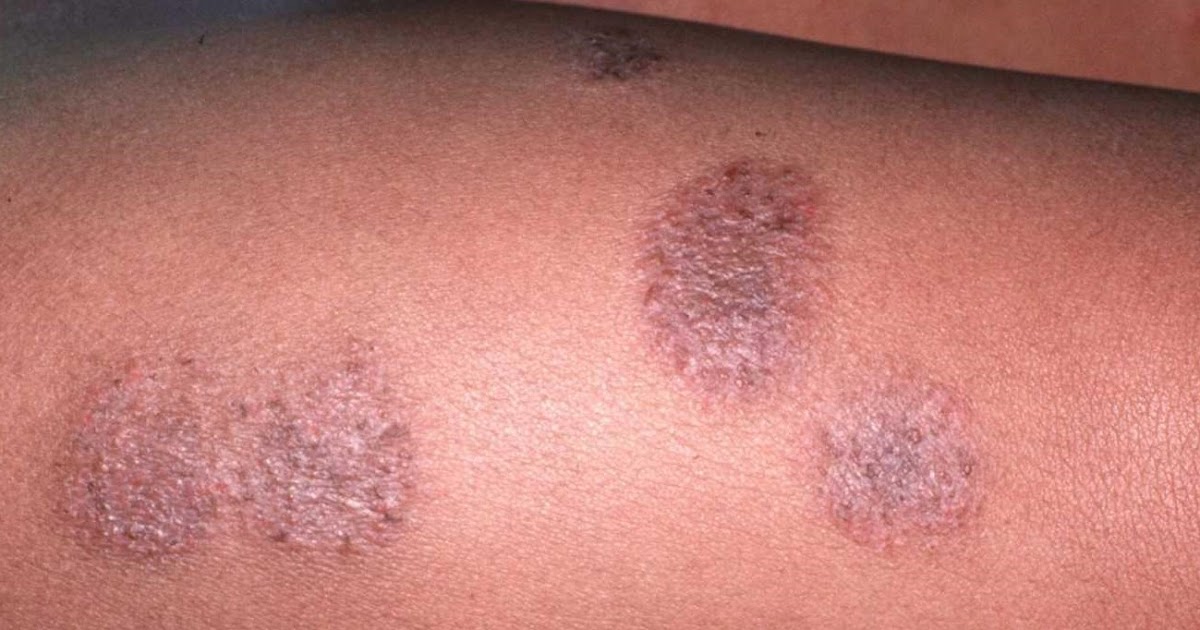
Most individuals are familiar with their skin tone and the way it is supposed to look, which is why they are able to detect abnormal skin discolorations. Individuals who do notice skin discoloration may want to seriously consider consulting a doctor to have them take a close look. Discolored spots on the skin with indistinct and irregular borders should be monitored closely. Pigment spreading from one spot on the skin with redness, swelling, and any additional changes in sensation (itchiness, pain or tenderness, for instance) and in surface appearance (like bleeding, scaliness or oozing), or a red patch on the skin starting to peel or bleed, can all be warning signs of skin abnormalities leading to skin cancer.
Differences

Finally, it is important for individuals to trust their gut instinct. If an individual has spent years in the sun and want their body analyzed for any signs of skin cancer, they certainly should do so. Even individuals who have remained consistent in their usage of sunscreen and hat-wearing should take a precautionary measure and do a thorough body examination for any signs of skin cancer occasionally. It is invaluably important for individuals to trust themselves. Remember, if something just doesn't look or feel right, or if something has changed and looks different, it is always better to be safe and not sorry. Anyone experiencing suspicious differences in their skin should book an appointment with their doctor or dermatologist.
Pearly Or Waxy Bumps
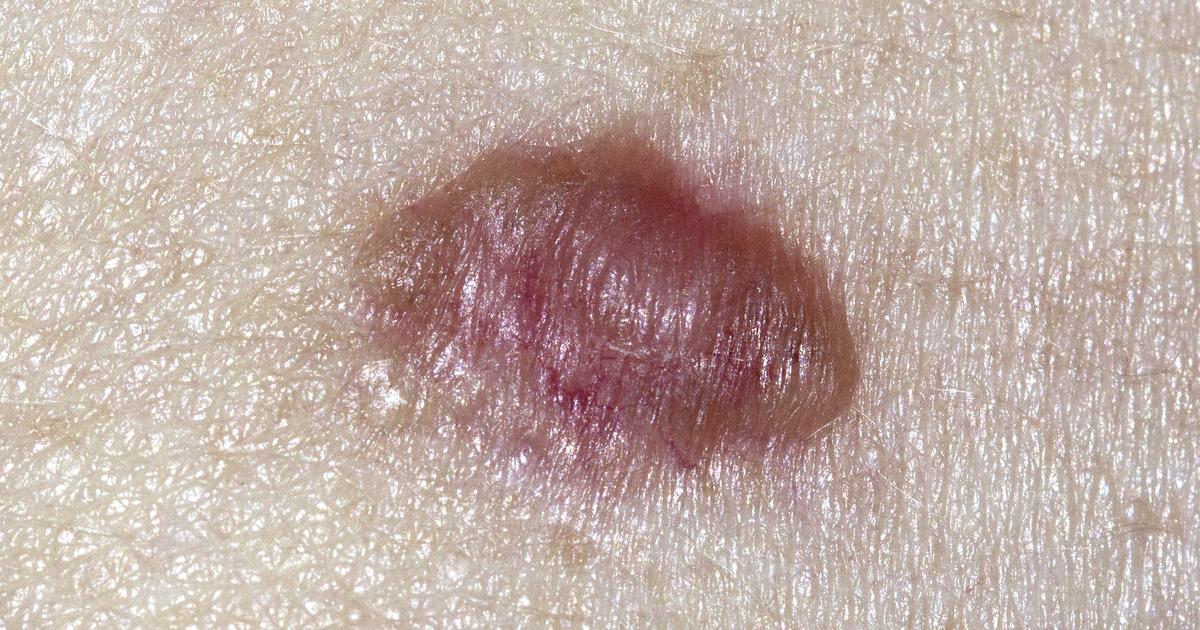
Some skin cancers can manifest in the form of pearly or waxy bumps on the skin of some individuals. These types of bumps typically indicate basal cell carcinoma, a form of cancer that originates in the cells lining the lowest layer of an individual's epidermis. These bumps can be felt underneath the to layers of the skin and can range from the size of a pea to the size of a lime. The lumps may be red, pink, or translucent, and can be accompanied by brown, black, or blue areas. Small blood vessels intertwining through the lump may be visible. Some basal cell carcinomas develop an indentation in their center. These malignant bumps in affected individuals can take on a pearly or shiny texture and appearance. This lump slowly grows larger and may develop a crusty or ulcerated surface. This type of skin cancer does not usually develop from other preexisting, benign skin abnormalities. It typically manifests as a brand new lump or lesion. Sometimes these pearly lumps can cause the skin to itch, as they tend to irritate the nerves.
Red Or Purple Patches
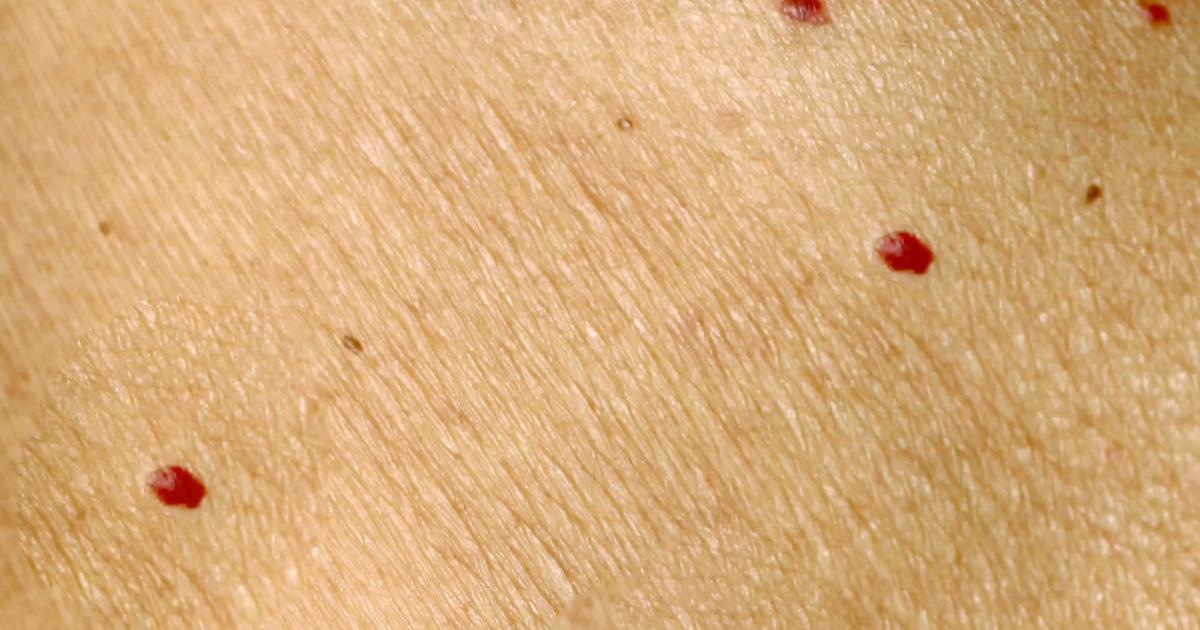
Individuals affected by skin cancer may develop red or purple patches on their skin. Patches of skin with these characteristics can be squamous cell carcinoma or melanoma. Like basal cell carcinomas, squamous cell carcinomas typically develop as a new patch or lesion on the skin. However, melanomas usually grow from preexisting benign skin abnormalities on an individual's skin, such as a mole or scar. Squamous cell carcinomas can take on a rash-like appearance, or they may appear as a single irregular patch. These skin patches often have a rough surface or feel scaly to the touch. The color of both melanoma and squamous cell carcinoma may be inconsistent throughout, containing lighter areas of pink and white with darker purple or red spots. These patches on the skin continue to slowly and progressively worsen, unlike a typical skin rash that dissipates with time. Both melanoma and squamous cell carcinomas are known to develop on regions of the skin frequently exposed to sunlight, including the neck, arms, head, and hands. However, these skin cancers may develop anywhere on the body.
Spots With Irregular Borders

Spots on the skin can be a normal occurrence in healthy individuals, but spots with irregular borders can be a sign an individual is being affected by skin cancer. A preexisting mole, scar, or skin lesion may begin to change over time as it becomes malignant and grows into the deeper skin layers. Most skin cancer lesions that grow from spots already present on an individual's skin are melanoma. When malignancy affects the skin, the patches or spots of the growing cancer cells tend to exhibit abnormal borders that are blurred, undefined, ragged, notched, or asymmetric. These cancerous spots on the skin can feature a region that ulcerates, bleeds, or oozes fluid. Ulcerated skin cancer spots may appear to heal over time, but they also always appear to return. These spots have often been described as a colored, raised wart with irregular edges with no symmetry. Melanoma spots and squamous cell carcinomas tend to be larger than harmless moles or spots on the skin, which are typically smaller than the size of a pencil eraser. One of the biggest indicators of skin cancer is when a spot on the skin starts changing in shape, color, and elevation over time.
Abnormal Itchy Growths
Some itchy bumps on the skin originate from irritants, insect bites, injury, or allergens. However, growths on the skin that itch and have no obvious cause can be indicative of skin cancer. The types of skin cancer that usually exhibit itching are the non-melanoma types of basal cell carcinomas and squamous cell carcinomas. These skin cancer spots may not only feel itchy themselves, but they may also cause the skin surrounding them to itch. Melanomas tend to penetrate into deeper skin layers and cutaneous tissues quickly and may not have as much of an opportunity to produce irritation before they cause nerve damage. However, basal cell carcinomas and squamous cell carcinomas take longer to penetrate past the skin layers. The slow increase in the number of cancerous cells occupying that specific spot can irritate and damage the very fine branches of nerve fibers that provide feeling to the skin, causing the area to become itchy. Some cancer spots become ulcerated due to the affected individual constantly scratching and irritating them.
